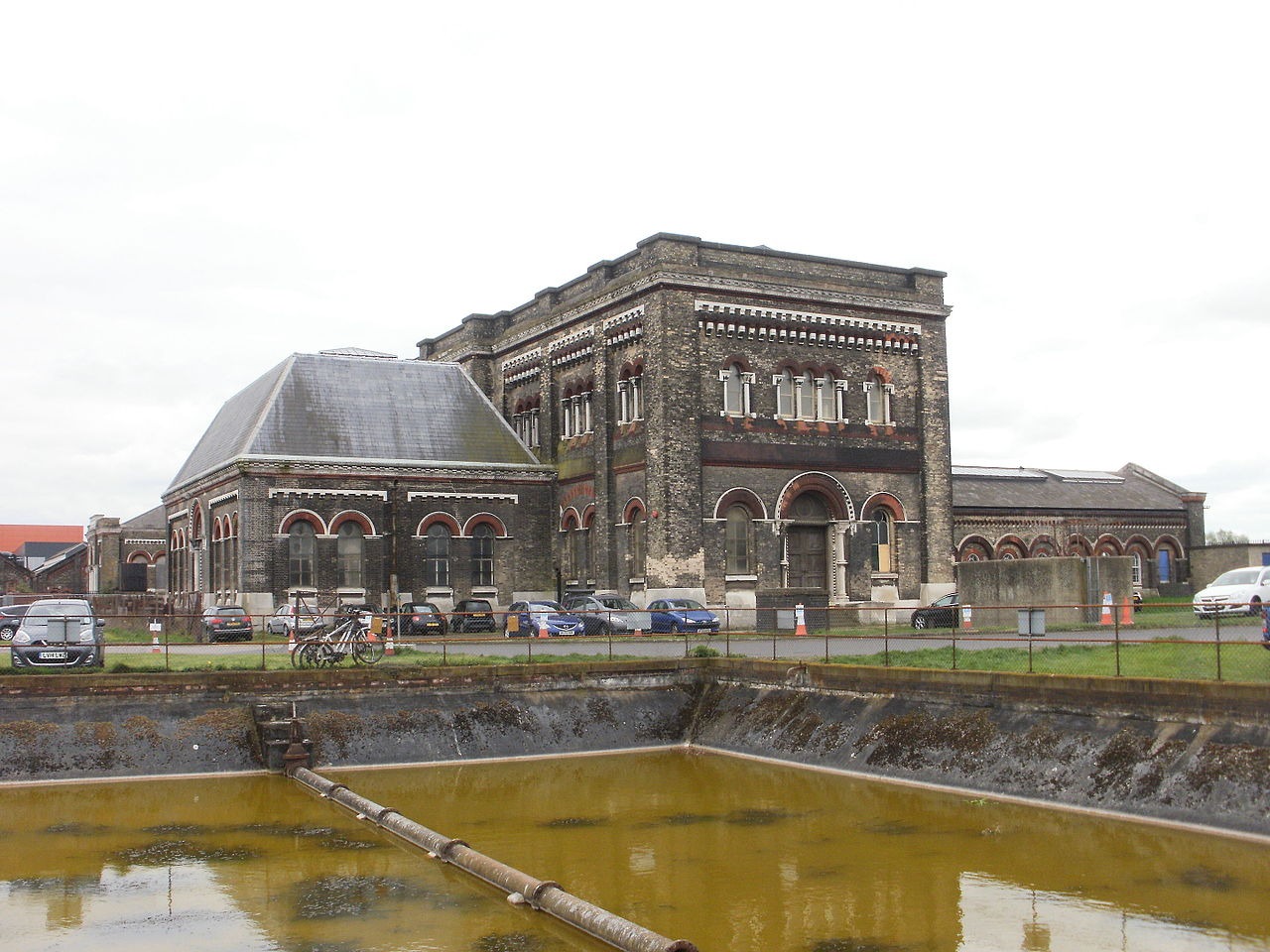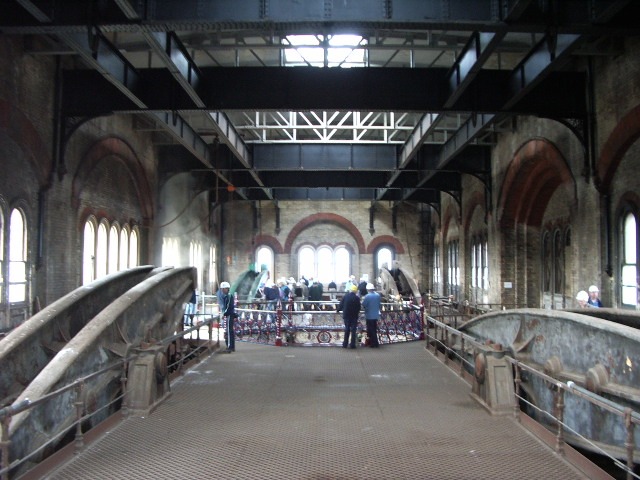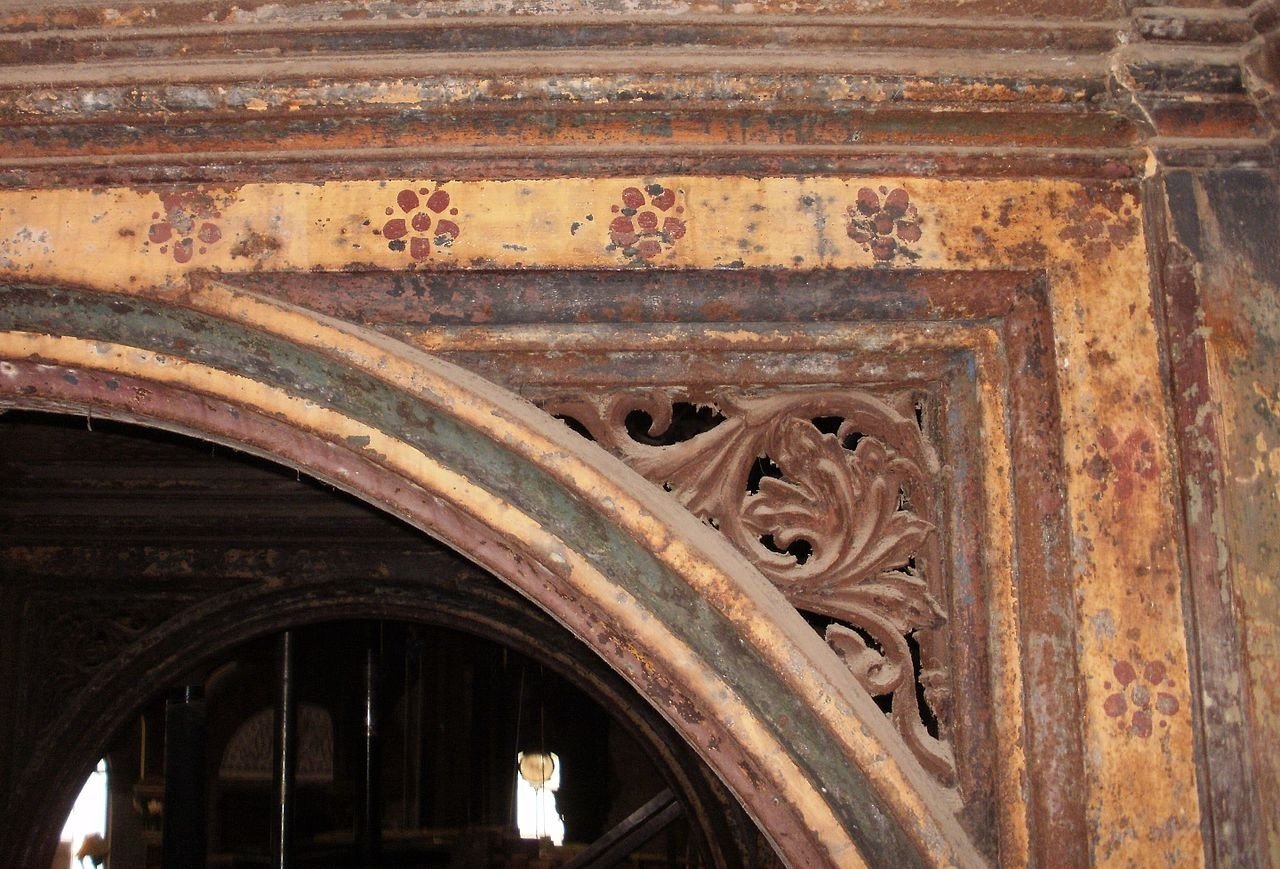Crossness Pumping Station: A Victorian “Cathedral Of Ironwork” In London
The Crossness Pumping Station is a remarkable piece of Victorian engineering, located in the London Borough of Bexley.
Designed by Sir Joseph Bazalgette and built between 1859 and 1865, it was part of a major effort to improve London’s sewer system.
At that time, the city’s sewers emptied directly into the River Thames, causing widespread disease and pollution.

Historical Context: The Need for a Sewage Solution
In the mid-19th century, London faced a grave public health crisis.
The city’s rapidly growing population meant that its sewers, which emptied directly into the River Thames, were overwhelmed.
This unsanitary condition led to frequent outbreaks of cholera, claiming over 30,000 lives between 1831 and 1853.
The situation reached a tipping point in 1858 during the infamous “Great Stink,” when the stench from the polluted river became so unbearable that Parliament was forced to act.

Bazalgette’s response was the creation of an extensive network of underground tunnels to intercept sewage before it reached the Thames.
The Crossness Pumping Station was built at the southern terminus of this network.
It was designed to pump raw sewage eastward, away from the city, where it could be stored and later released into the river during the ebb tide.

A Victorian Engineering Masterpiece
The Crossness Pumping Station is a marvel of Victorian architecture and engineering.
It features stunning decorative ironwork, earning it the nickname “a cathedral of ironwork.”
At the heart of the pumping station are four massive rotative beam engines, each named after a member of Queen Victoria’s royal family: Victoria, Prince Consort, Albert Edward, and Alexandra.

These engines, built by James Watt & Co., were capable of pumping 6 tons of sewage per stroke at 11 revolutions per minute.
The steam required to power these engines was generated by 12 Cornish boilers, which consumed 5,000 tons of Welsh coal annually.

Upgrades and Changes Over Time
The engines lifted sewage some 30 to 40 feet into a 27-million-gallon reservoir, from where it was released into the Thames.
Over the years, as London’s population continued to grow, the station was upgraded with additional pumping capacity and more efficient steam engines.

As London’s population grew, so did the demand for the sewage system.
In the late 19th and early 20th centuries, the pumping station was expanded and upgraded to handle more waste.
New engines and boilers were installed, and by 1913, diesel engines replaced the original steam engines.

The station continued to operate until the 1950s, when it was finally decommissioned.
The once magnificent engines were left to rust, and the building fell into disrepair.

Restoration and Preservation
Following its decommissioning, the Crossness Pumping Station fell into disrepair, with its once-majestic ironwork and machinery left to rust.
However, the significance of the station was recognized in 1970 when it was designated a Grade I listed building.
However, it wasn’t until 1987 that serious efforts to restore the site began.

Volunteers formed the Crossness Engines Trust and began the long process of bringing the station back to life.
After years of hard work, one of the original engines, Prince Consort, was fully restored and is now operational again.
The restoration work continues, with the goal of preserving this incredible piece of history for future generations.

The Prince Consort engine, the last to be decommissioned in 1953, was the first to be restored and has been operational since 2003.
The restoration of the Victoria engine is ongoing, and plans are in place to continue the work until all four engines are fully restored.
In addition to restoring the engines, significant work has been done to preserve the station’s buildings and create a museum.
The Crossness Pumping Station is now open to the public, offering visitors a chance to explore this extraordinary example of Victorian engineering and learn about its vital role in London’s history.

The Crossness Museum
Today, the Crossness Pumping Station serves as both a museum and a monument to Victorian engineering.
Visitors can explore three main Victorian buildings: the Valve House, the Fitting House, and the Beam Engine House.
The Valve House
It has been converted into an exhibition space, showcasing several historic steam engines and a quarter flywheel mold used to cast the massive flywheels in the pump house.

The Fitting House
It remains a machine shop, filled with metalworking tools and machinery from the Victorian era.
This building also holds historical significance, as it was the site of the official opening ceremony in 1865, attended by the Prince of Wales and other dignitaries.

The Beam Engine House
It is the true highlight of the Crossness experience.
The interior, with its lavishly decorated ironwork, is nothing short of breathtaking.
The central section of the building has been fully restored, allowing visitors to witness the Prince Consort engine in action, driving its massive 47-ton beam and 52-ton flywheel.
The Beam Engine House is a stunning example of Victorian craftsmanship, with every surface meticulously detailed and painted.

